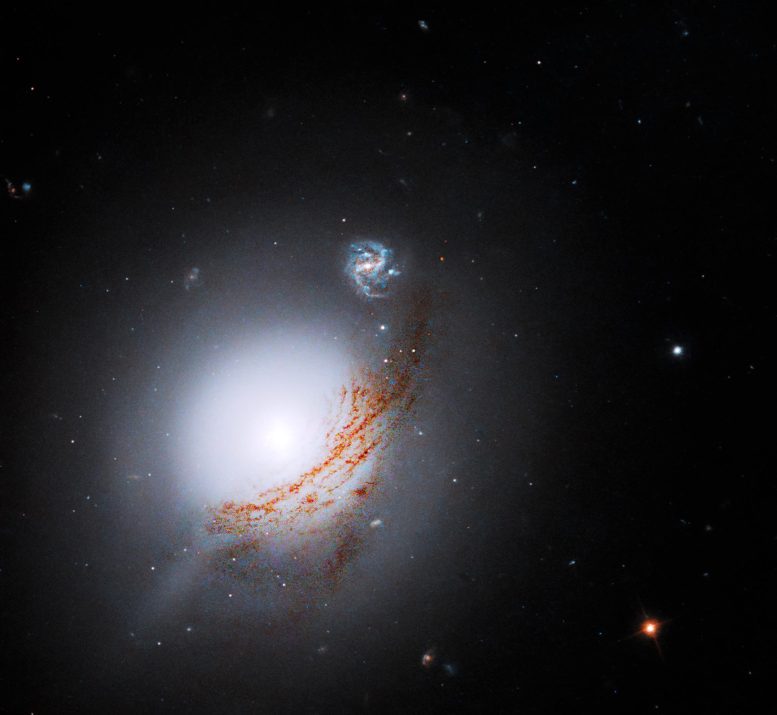
The Hubble Space Telescope has captured this image of the lenticular galaxy NGC 5283, which contains an active galactic nucleus (AGN) at its core. Home to a supermassive black hole, the AGN emits light across the electromagnetic spectrum as dust and gas are drawn in and heated. Unlike other AGNs, NGC 5283 is a Seyfert galaxy, with its structure clearly visible. Hubble’s observation of NGC 5283 is part of a survey to create a dataset on nearby AGNs, aimed at furthering research on AGN physics, black holes, and host galaxy structure. Credit: NASA, ESA, A. Barth (University of California – Irvine), and M. Revalski (STScI); Processing: Gladys Kober (NASA/Catholic University of America)
The Hubble Space Telescope has imaged lenticular galaxy NGC 5283, a Seyfert galaxy with a visible structure and an active galactic nucleus. The observation is part of a dataset survey to study AGN physics, black holes, and galaxy structures.
The lenticular galaxy NGC 5283 is the subject of this NASA Hubble Space Telescope image. NGC 5283 contains an active galactic nucleus, or AGN. An AGN is an extremely bright region at the heart of a galaxy where a supermassive black hole exists. When dust and gas fall into the black hole, the matter heats up and emits light across the electromagnetic spectrum.
NGC 5283 is a Seyfert galaxy. About 10 percent of all galaxies are Seyfert galaxies, and they differ from other galaxies that contain AGNs because the galaxy itself is clearly visible. Other AGNs emit so much radiation that they outshine or make it impossible to observe the structure of their host galaxy!
Hubble observed this galaxy as part of a survey for a dataset about nearby AGNs, which will serve as a resource for astronomers investigating AGN physics, black holes, host galaxy structure, and more.
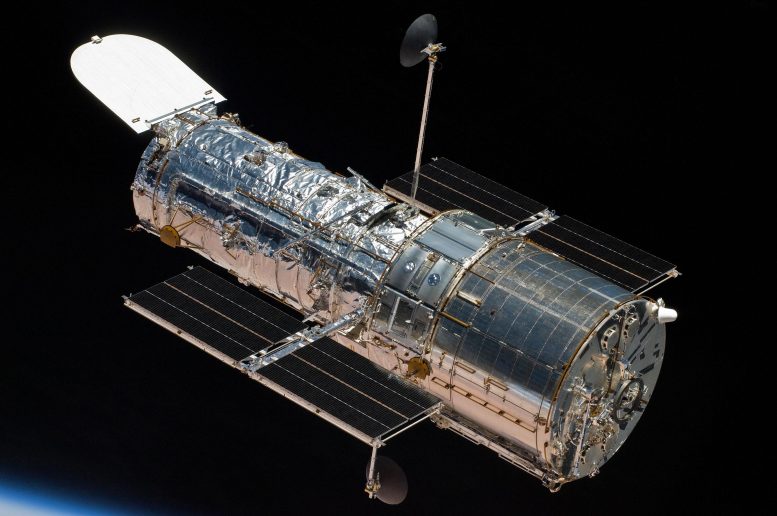
An astronaut aboard the space shuttle Atlantis captured this image of the Hubble Space Telescope on May 19, 2009. Credit: NASA
Lenticular galaxies are a unique class of galaxies that exhibit features of both spiral and elliptical galaxies. These intermediate-type galaxies have a flattened disk-like structure, similar to spiral galaxies, but lack the distinct spiral arms. Instead, they possess a smooth, featureless appearance more characteristic of elliptical galaxies. Lenticular galaxies are primarily composed of old, low-mass stars and have relatively low rates of star formation.
Seyfert galaxies are a subclass of active galaxies that possess active galactic nuclei (AGNs) at their centers. The AGN is a highly luminous region, which is powered by a supermassive black hole that emits light across the electromagnetic spectrum as it consumes dust and gas. Seyfert galaxies stand out from other AGN-containing galaxies because their host galaxy structures remain clearly visible, despite the intense radiation emitted by the AGN. They make up approximately 10% of all known galaxies.
The Hubble Space Telescope is a large, space-based observatory launched into orbit by NASA in 1990. Positioned above Earth’s atmosphere, Hubble is free from atmospheric distortions and has the ability to capture incredibly detailed and clear images of celestial objects. The telescope has played a crucial role in advancing our understanding of the universe, contributing to numerous discoveries and breakthroughs in astrophysics, such as the expansion rate of the universe, the age of the universe, and the existence of dark energy.

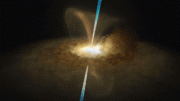

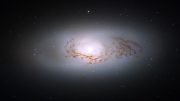
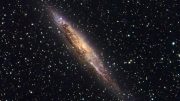
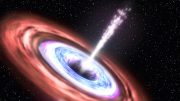
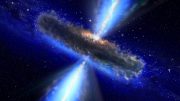


Be the first to comment on "Hubble Zooms In on Cosmic Light Show: Beautiful Luminous Seyfert Galaxy Revealed"